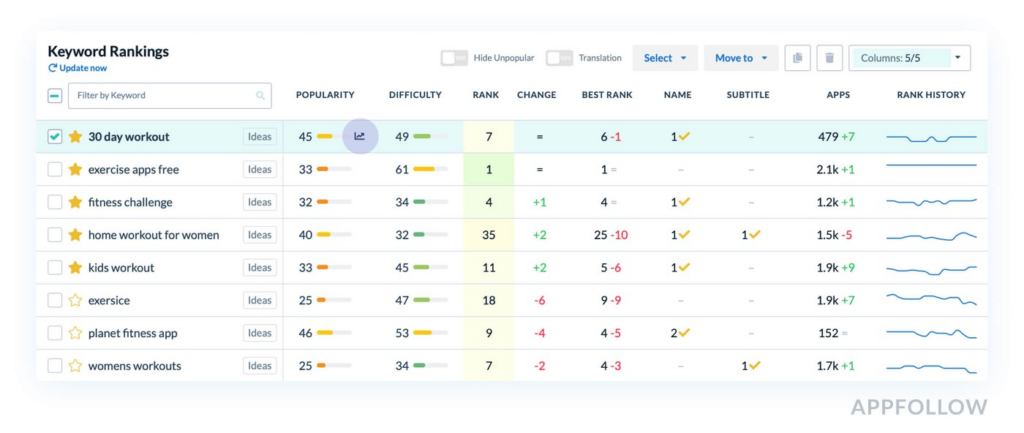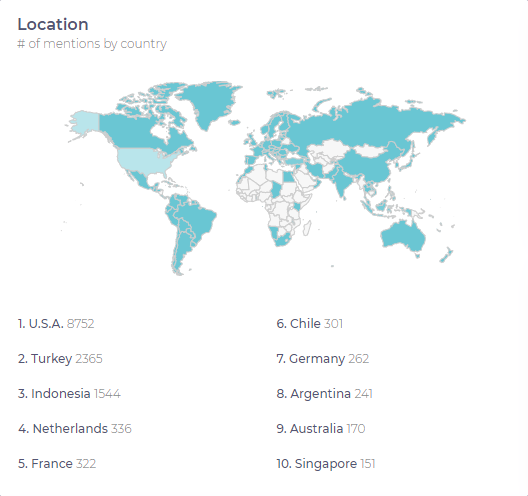
There are two ways to expand your business beyond your current setup. One way to do this is by identifying new markets for your existing product. The other way to do it is to offer new products to the existing market.
Both these strategies have their pros and cons. Expanding to new markets (called horizontal expansion) could require you to learn new cultures and customer behaviors that you are not perhaps used to. However, your expertise and legacy in the current market could help you gain a foothold in newer markets.
Vertical expansion, on the other hand, requires you to start a product line from scratch which can be a stressful experience. However, marketing it could be a lot easier since you already have an audience that trusts you.
How do you decide on the path you take? And how do you make this easier for your team? Here are a few tips to help you out.
Look at the trends
Both horizontal and vertical expansion can challenge you with questions for which you may not have an answer yet. How do you decide which market to expand next? Or, which product line to go after?
One way to do this is by looking at the trends.
Take the example of a business selling Crossfit training videos. They may now want to go beyond the Crossfit audience and reach other fitness groups. A look at recent search trends could show you something like this
 Source: AppFollow
Source: AppFollow
Here, you see that there is an emerging trend for home workout among women and kids workout. This is perhaps a good market to reach out to amidst the pandemic when regular avenues to exercise and play is not available.
Dig into your analytics
You could also dig into your website’s analytics data to see where your traffic is coming from. If there is a significant mass of users coming from a certain market outside your catchment area, you could perhaps expand to this market
You could also track brand mentions to see which countries are talking about your brand on social media and also perhaps analyze if these mentions are made in a positive or negative light.
Source: BrandMentions
Track your website translations
If you do not find anything noteworthy, you could perhaps try the ‘Web translate’ option. What you do basically is to offer multi-language support for your website – and when you do this, you take into your analytics to find the most popular translation options. This is probably the market you must chase next.
 Source: American Image
Source: American Image
Social media
Social media platforms like Facebook and Instagram can be a treasure trove of information when it comes to planning a business expansion. There are several ways to do this. You could track what kind of people follow your business, what their interests are, what other businesses they follow, where your followers come from, etc.
A thorough analysis of your users on Instagram or other platforms could give you insights into potential business expansion opportunities that you may have not considered.
For instance, if you are an online pizza delivery app in a college town, and notice that a lot of your customers are into gaming, you could perhaps launch a new product line of food that is gamer-friendly (french fries, nachos, beef jerky, etc.).
In addition to offering something new, such insights also help you identify a product market fit that will go a long way in defining a positioning angle to your own business.
Test before launch
It is very likely that the tips provided above may end up nowhere. This is especially true for small businesses that have fewer data points compared to large businesses that can potentially work with millions of data points.
It is a good idea to test your hypothesis on a small scale before venturing into any of your expansion ideas. This way, you could minimize losses while experimenting with new expansions on a routine basis.
2948 Views













